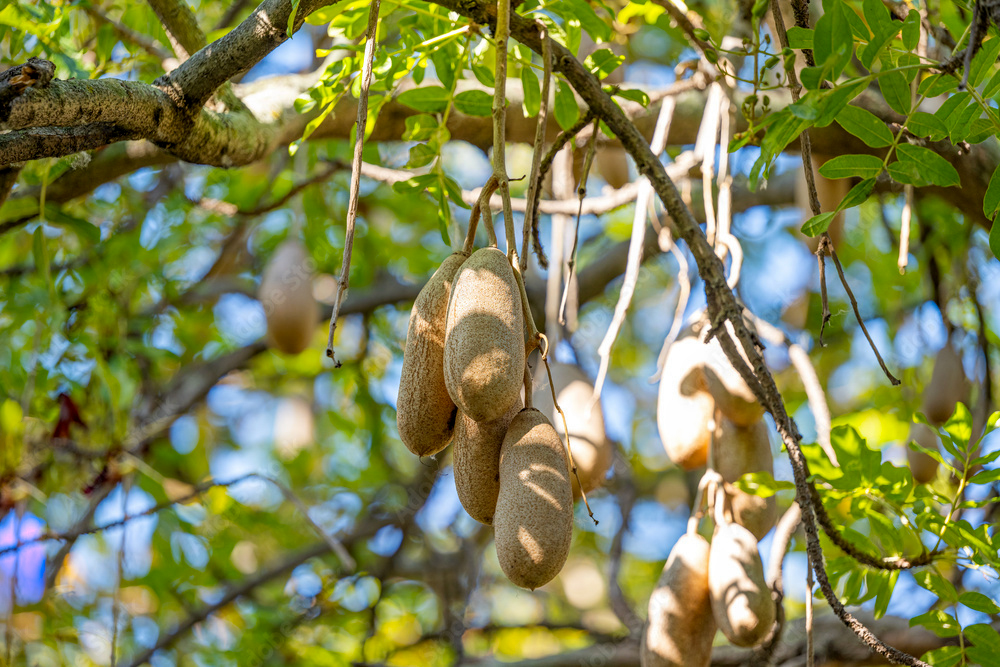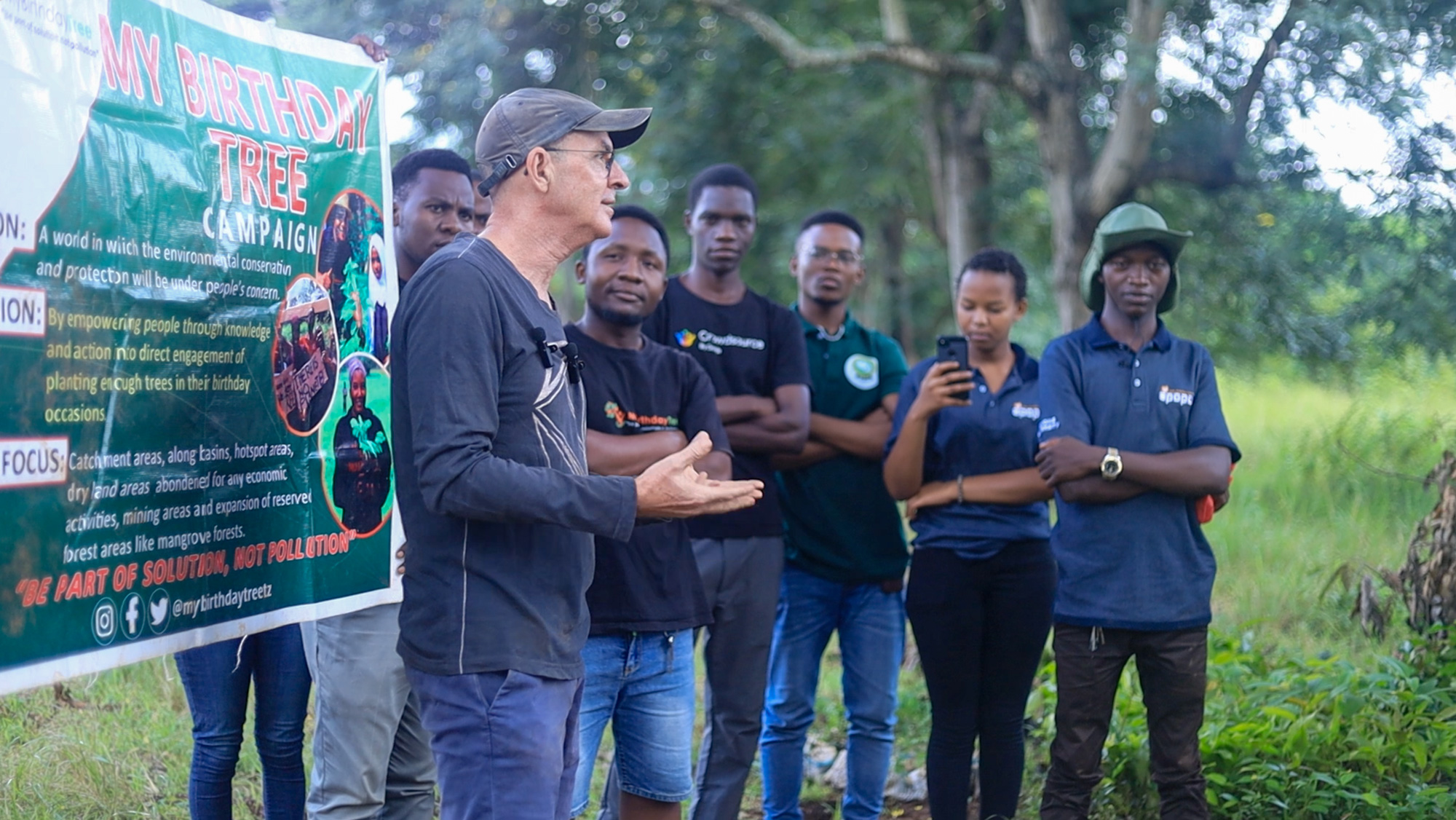On March 30, 2024, APOPO kicked off a tree planting initiative on one of its plots of land, driven by a continued commitment to fighting climate change. This initiative, undertaken as part of the HeroTREEs project, is a sign of a proactive stance in safeguarding the environment and restoring biodiversity.
Through tree planting, we plan to offset APOPO’s global carbon footprint whilst also giving back to local communities. Teaming up with the My Birthday Tree Organization, APOPO rallied about 60 enthusiastic students from the Sokoine University of Agriculture (SUA) who are passionate about Forestry and Environmental sciences, including those celebrating their birthdays in March. Together, we rolled up our sleeves and got our hands dirty, planting 1,435 trees of 23 different indigenous species, across one and a half acres of land. The aim is to create a model plot for restoring degraded land.
Planting Indigenous Trees with Community Involvement

The tree planting initiative included a wide variety of indigenous species, such as African Sausage trees (Kigelia africana), African teak (Milicia excels), White Mahogany (Khaya anthotheka), and Black plum (Syzygium cumini). Additional species included Ebony (Dalbergia melanoxylon), Tamarind (Tamarindus indica), Mahogany bean (Afzelia quanzensis), and Gliricidia (Gliricidia sepium), as well as bamboo (Bambusa vulgaris), Casia amarilla (Senna spectabilis), Cinnamon (Cinnamomum verum), Red nongo (Albizi gumifera), East Africa cordia (Cordia Africana), Marabou thorn (Dichrostachys cinerea), Umbrella thorn, and Scented thorn, among other native varieties.
Volunteers from diverse backgrounds took part in the tree planting initiative, which gave them insights into planting techniques that mimic natural forest habitats and contribute to the restoration and sustainability of local ecosystems.

“It was great having you in this project. It’s my hope that you have been exposed to knowledge of planting trees and today each of you was a part of the solution and not pollution. Our initiative has brought those who were born in March to celebrate their birthdays by marking a memory through planting trees which will last through 30 to 100 years to come,” Aron Katosho, APOPO’s HeroTREEs Officer told participants.
Strategic Planting and Management for Rapid Reforestation

“Our tree planting initiative is guided by syntropic principles, such as always keeping the soil covered to improve soil biology, reduce evaporation, and accelerate humus formation through mulching. Maximizing photosynthesis to maximize energy input on the land and the cooling effect. The diverse root systems enhance soil biology, leading to healthier and more fertile land,” explained our CEO, Christophe Cox.
Following the stratification principle, taller trees requiring full sunlight were spaced 4 meters apart, while fast-growing species were planted in between at a distance of 2 meters. This technical arrangement maximizes sunlight competition, creates a cooling effect on the ground, and promotes faster growth through increased nutrient cycling.
“Fast-growing species like Gliricidia, which is rich in nitrogen, were planted to provide manure from decomposition and maximize energy but also serve as umbrellas by providing shade to other slow-growing species,” Aron explained.
The Role of HeroTREEs in Climate Change Mitigation
Over time, increased species diversity is expected to lead to competition, accelerating the growth rate of all the plants on the farm. Therefore, management is necessary to regulate the mortality of certain species and prevent invasive species. This involves activities such as pruning and thinning to manage the faster formation of the forest. Therefore, by mimicking natural forest structures, we are speeding up ecological succession, essentially fast-tracking forest formation.
These trees will become effective carbon sinks, absorbing substantial amounts of carbon dioxide from the atmosphere to mitigate climate change. In essence, the HeroTREEs project helps restore degraded land, creating a healthier and more sustainable environment.
This tree planting event is the beginning of a larger project scheduled to start in July 2024 at a SUA farm in Mvomero, Morogoro covering approximately 40 acres. The project involves planting over 40,000 trees of more than 30 indigenous tree species to establish a natural forest in collaboration with local farmers.
Join us in our mission to celebrate birthdays with a purpose – let’s grow together with HeroTREEs!



